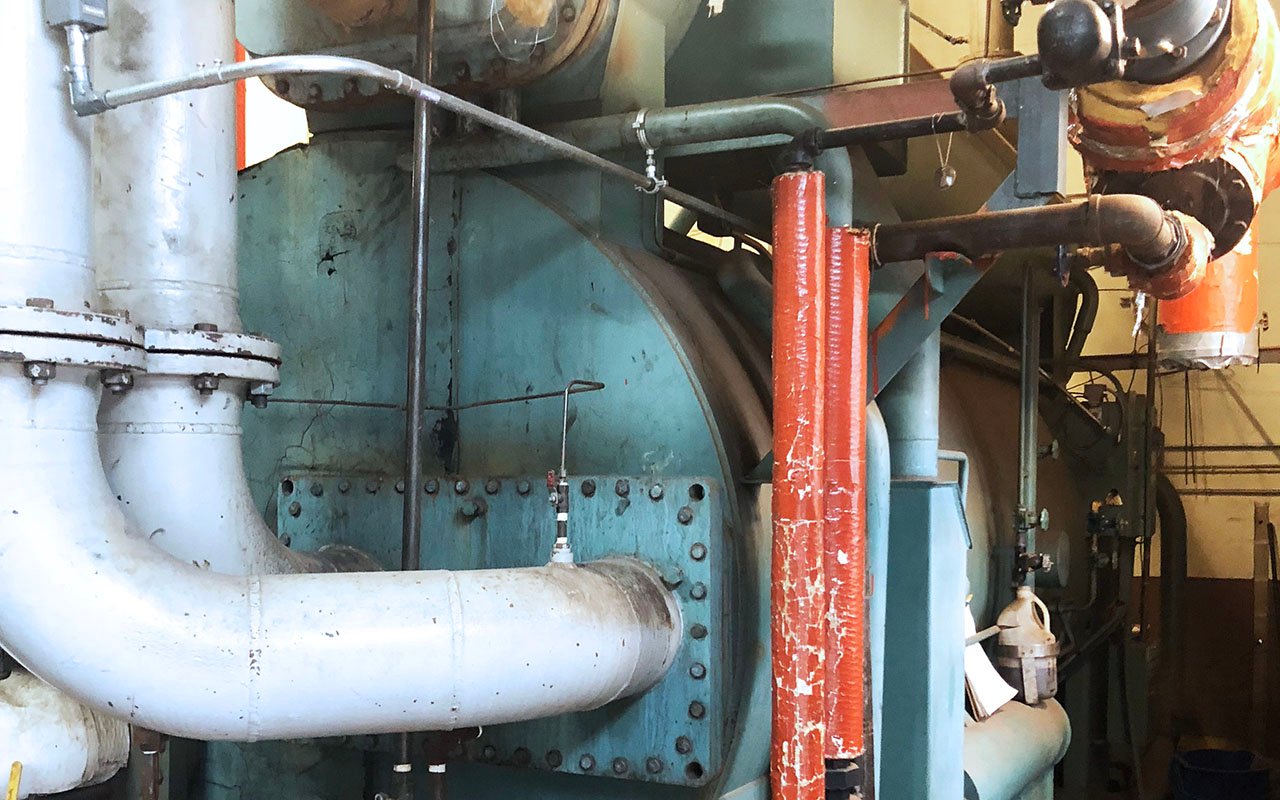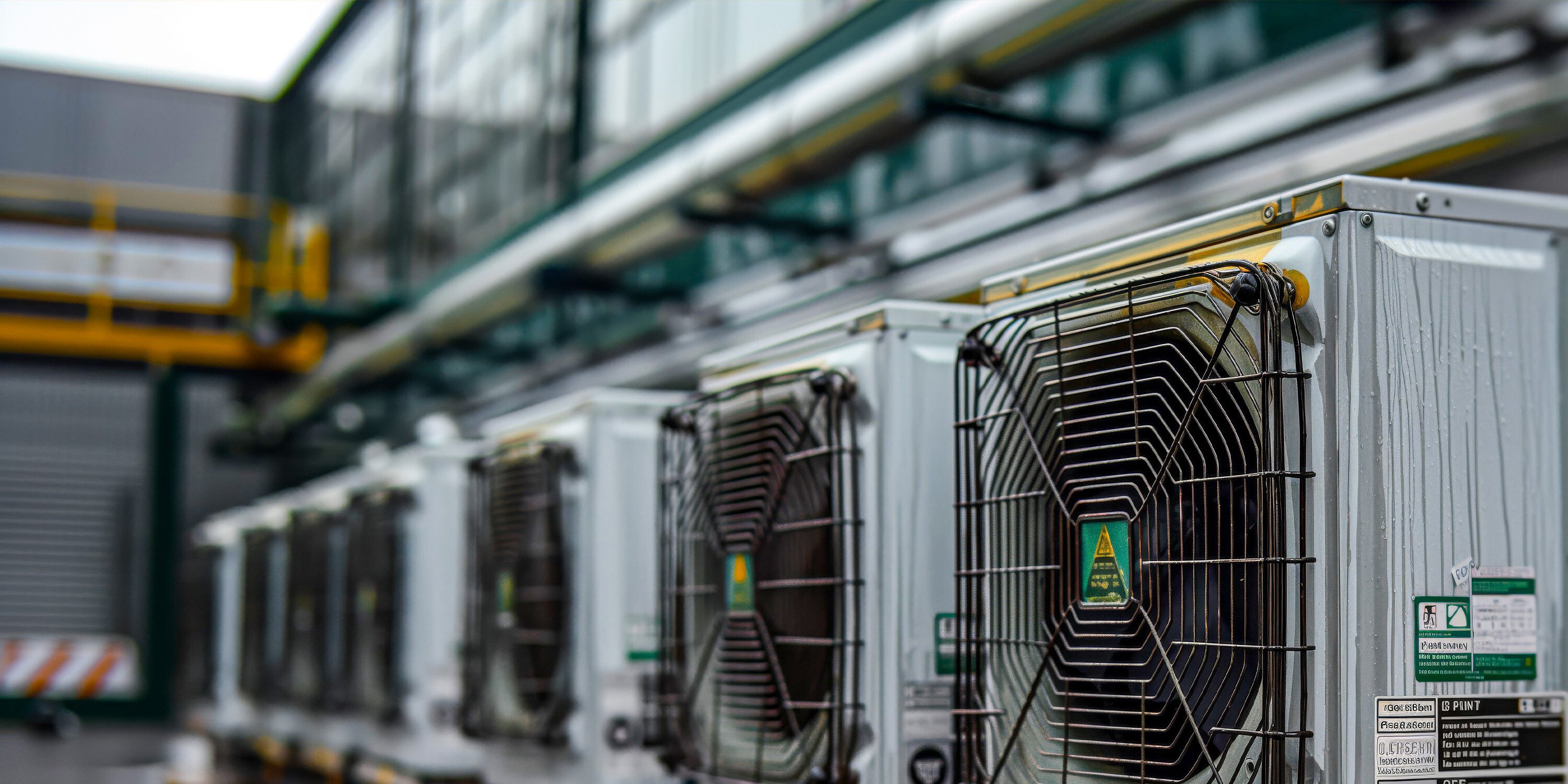Energy Services | September 3, 2019
3 Important Variable Frequency Drive (VFD) HVAC Locations
The humble Variable Frequency Drive, or “VFD” is an operations team’s best friend. Fundamentally, the VFD HVAC solution allows you to control motor speed. Pumps and Systems Magazine explains that “Variable frequency drives (VFDs) convert constant frequency and voltage input power to an adjustable frequency and voltage source for controlling the speed of alternating current (AC) induction motors.” Essentially, VFDs help you manage motor speed on something that would otherwise run at full blast. By enabling motors to ramp up and down depending on the load required of them, you’ll make your equipment run more efficiently and save on the energy needed, and therefore cost required, to run them as well. Pretty much all facilities we audit for HVAC need VFD installation on one piece of equipment or another. Here are the top 3 locations we typically identify as needing VFDs.
Roof top units
The number one place our VFD HVAC team assesses that could use VFDs is on the roof. Roof top units, unless controlled, run at full capacity, even if not needed. Adding VFDs to multi-stage RTUs and integrating both into the building management system will allow you to manage fan motors based on the load requirement. Besides on RTUs, any HVAC equipment with fan motors will benefit from adding VFDs because of the control they can offer, including air handling units, exhaust fans, make-up air fans, cooling towers / condensers, amongst others.
Pump motors
Similar to how VFDs can allow a fan motor to ramp up or down depending on the load, they can also be used on pump motors. A VFD HVAC application on pump motors will control the motor speed which is coupled to a shaft that drives the pump impeller. Speeding up and slowing down the impeller RPMs to match the actual flow requirements will save energy and allow the pump to operate more efficiently.
Where fans are moving a gas (air), pumps are moving a liquid (water / glycol / oil / etc.) Either way, these motors need VFDs to enable them to change speed based on need rather than operate at constant speed. You probably run into pump motors on your cooling systems, heating systems, plumbing systems, domestic water systems, fire protection systems, really any system in your building that requires the movement of liquid. These are all prime applicants for an installation of a VFD.
Compressors
A third place we’ll see VFDs put to good use is in large refrigeration compressors, like centrifugal compressors or screw compressors. The same technology applies as to the other two, where the VFD is used to modulate the motor speed based on load conditions. In centrifugal chiller applications VFDs are very important because you’re talking very big pieces of equipment with very big motors. Being able to ramp down on that motor speed where applicable and decrease the discharge head of the compressor will save money and run the compressor at a higher efficiency.
No matter your facility’s HVAC configuration, we bet you have a need for VFDs. If you haven’t already installed them, consider how you may be able to save energy and money, run equipment more efficiently and gain greater control of your equipment – all with one, simple device.
Related Posts
Discover more content and insights from Mantis Innovation

The Cost of Inaction: Why Businesses Should Act Now on Energy Efficiency
In today's fast-paced business environment, the financial and operational losses businesses incur by delaying energy efficiency improvements, the "cost of inaction," is more relevant than ever.

Importance of Updating HVAC in Pharma + Biotech
The ability to control and automate building systems, including HVAC, is an obvious gain for a facility manager. HVAC systems are critical to any facility's purpose and are responsible for several

6 Facts about Energy Services in Efficiency Projects
As a nationwide firm with design/build capabilities, we identify, design, and deliver efficiency projects for clients across the United States. These projects are rooted in several core energy

PJM Capacity Auction Results: A Surge in Prices and Its Implications
PJM recently released the capacity auction results at the end of July for the period of June 2025 through May 2026, and the outcomes have been much higher than most anticipated. This surge in prices
